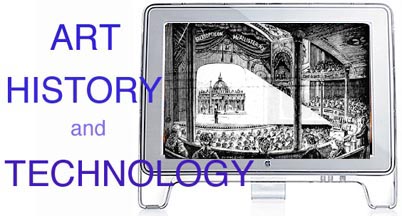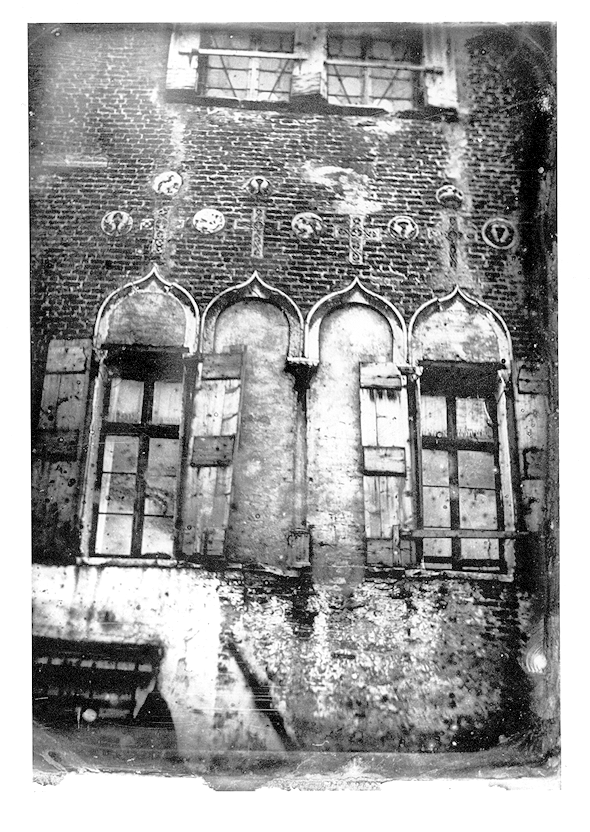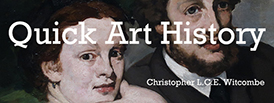

A BRIEF HISTORY
3 - Photography and Art History
The first permanent photograph from nature was made in 1826/27. A decade later, in 1839, Louis Daguerre developed the Daguerreotype process. Art historians were quick to recognize the value of the invention.
Writing to his father from Venice on October 7, 1845, the art critic John Ruskin tells of buying "some most beautiful, though very small, Daguerreotypes of the palaces I have been trying draw.... It is very nearly the same thing as carrying off the palace itself; every chip of stone and stain is there... " He describes himself as "very delighted" with them and goes on to declare them "a noble invention."
In another letter dated August 12, 1846 the following year, he states again "It is certainly the most marvelous invention of the century."

Ruskin's praise was for Daguerreotypes of architecture. Soon, works of painting and sculpture were also available in photographs. In 1852, the Alinari Brothers established a photographic workshop in Florence. Beginning in the 1860s, photographs of artworks could also be purchased from Adolphe Braun. By the 1890s photographs were of sufficiently high quality to be employed by art connoisseurs, such as Bernard Berenson. Photographs also began to be used by colleges in the United States. Regular courses in art history began to be taught at Harvard in 1874 and at Mount Holyoke in 1878. In a report printed in the Art Bulletin in 1918, it is mentioned that as preparation for the courses at Mount Holyoke, the teacher, Miss Blanchard, "spent some time abroad in collecting the best photographs." Sweet Briar College still has a large collection of photographs, mounted on carboard and labelled, such as this old Alinari example of Lorenzo Monaco's altarpiece in the Uffizi, photographed before the removal of the nineteenth-century finials above the pilasters and the hoods over the pinnacles.

In a small class, such photographs could be handed around. Otherwise, students would examine them after class. This brings us to the topic of teaching art history.
|


 1
1  3 Photography and Art History
3 Photography and Art History